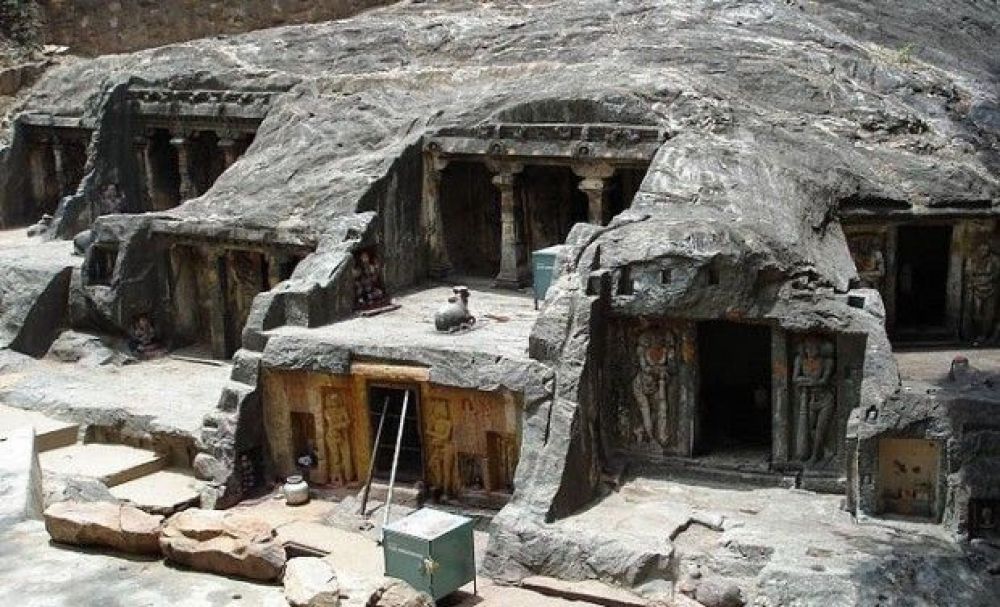

Bhairavakona is a lesser-known but historically significant pilgrimage site nestled in the Nallamala Hills near Ongole, in the Prakasam district of Andhra Pradesh, India. Its tourism history is closely tied with its archaeological and religious importance, which goes back to the 7th century AD.
The history of Bhairavakona is replete with religious undertones and architectural intrigue. It is home to ancient rock-cut temples, which are believed to have been carved during the 7th century under the Pallava Kings' patronage. These temples are dedicated to Hindu deities, including Lord Shiva, and draw their name from Lord Bhairava, an incarnation of Shiva. This site stands as a testament to the craftsmanship and religious fervor of the period, with intricate carvings and a unique monolithic structure.
The development of tourism at Bhairavakona has been a gradual process. It started with local pilgrims visiting the temples for worship, and over time, due to the spread of its fame, enthusiasts of history and architecture began to explore this location. The tourism industry started to gain momentum in the late 20th century when the government and local authorities recognized the potential of Bhairavakona to attract visitors from across India and beyond.
With increased connectivity and the development of basic tourist amenities, Bhairavakona is today seen as an emerging tourist destination in Andhra Pradesh. It attracts a mix of devotees, history buffs, and nature lovers. The pristine natural surroundings, waterfalls, and the tranquil atmosphere make it also a suitable spot for those seeking a peaceful retreat from urban life.
In recent years, there has been a thrust to promote eco-tourism and sustainable practices in and around Bhairavakona. Tour operators and the local government are working towards providing immersive experiences that respect the sanctity of the site while ensuring a minimal environmental footprint. With the growing trend of exploring 'off-the-beaten-path' destinations, Bhairavakona is gaining popularity among a new generation of travelers who value both cultural heritage and the natural environment.
Visitor Information: Tourists visiting Bhairavakona can explore the temple complex and the picturesque surroundings. Basic facilities for visitors, such as guesthouses and eateries, are available, but it's advisable to plan ahead during peak pilgrimage times. The best time to visit is post-monsoon when the nearby waterfalls swell and the landscape turns lush green.
The future of tourism in Bhairavakona looks promising with the combined efforts of the local community and the government. Protecting the area's ecological balance while providing modern amenities to tourists seems to be the focus of development strategies. As awareness of Bhairavakona's historical and cultural significance grows, it's set to become a notable point on India's vast tourism map.